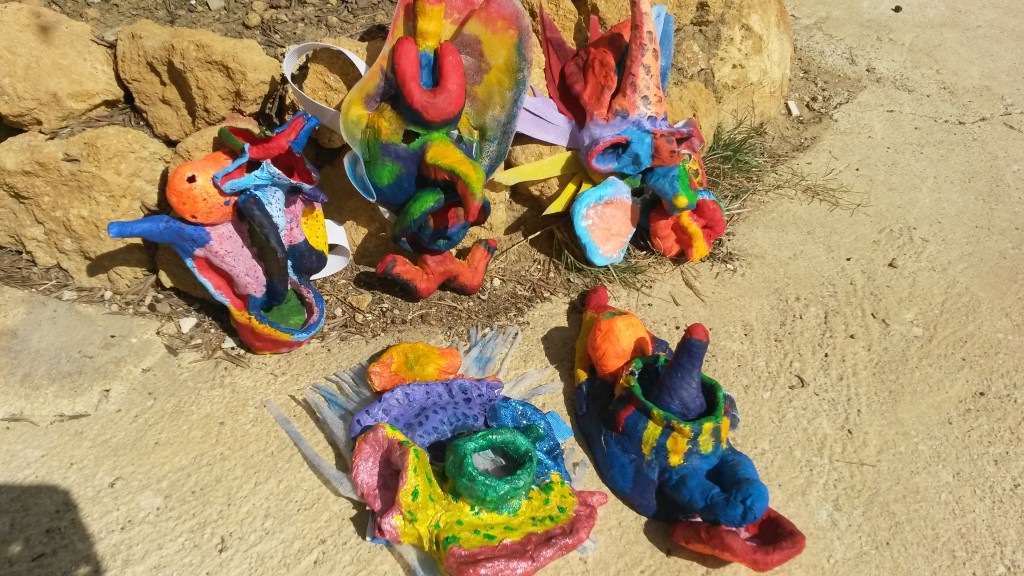 our masks: 6 directions in one
our masks: 6 directions in one
Given the opportunity to both develop my own personal work and also be a part of a second level course creation with Sara Tilley and Ian Wallace, I jumped. A bit of mystery surrounded the event, but I knew that a whole bunch of clowns like me were going to descend upon Cianciana, Italy and that I had to be there.
This particular workshop was special because through interviews and research Sara is attempting to write some of the philosophical underpinnings of Richard Pochinko’s style of clowning, and what he desired from this work most of all. This work is the closest I will ever get to a ritualistic and spiritual exploration.
What is Richard Pochinko style?
They call it “Clown through Mask”, creating and using a mask to discover feelings, beliefs and tendencies underneath the masks. It’s an exploration of the humanity of the self. It is a schooling that makes one feel the feelings inside of themselves and brings them outward, instead of trying to act a feeling and attempt to bring it inside oneself. This style helps one free oneself of arrogant confines, attempting to sidestep any and all logical planning and allowing what is already there to be shown to the world. “Nothing never happens” my original Pochinko teacher, David McMurray Smith, would say.
Most of all, Pochinko style is an engagement in true childlike Play.
In my original classes, I would find myself unwilling and blocked. David would tell me to use that, play with it too. Anything that is coming to you is your playground, use it – always use what is there. So, I would stomp around the room, complaining I was bored and I didn’t want to play – hilariously, it would work. I found myself playing with this grumpy, unwilling clown. Apparently others find this clown funny too, and this is starting to become a great base for my performance work.
My normal work is in the circus, and Pochinko feels like the opposite of that. Circus spectacles tend to require sequins and happy characters all the time. It requires people who are in control of their prop, whom have mastery over their body and the situation at hand. This style of clown avoids all of that and puts the situation in front of of a character, trying to see what that character’s reaction is going to be to that moment.
It is slow for me to crack, but I am beginning to crawl out of my shell of control and mastery. Allowing the innocence to be felt without the burdens of experience has been a difficult slough to get through, and being able to truly play freely once again comes in waves. Understanding how innocence to experience energies are held differently in the body has helped me relax and find a neutral and balanced stance – one that I desperately needed to learn.
Other ideas that we contemplated was the Joey and Augoust, the master vs the child. Related to innocence and experience, but these are full caricatures. The Joey can have moments of surprise into innocence, or the Augoust can have moments of surprise mastery – they can switch, but underlying all of it is the larger personage of child to mastery.
Ian continued to state that there are 64 possibilities to each position. Trying to consider each of them briefly and fully. Embodying the energy from the 6 directions, embodying the fullness of all the ranges of colors. Exploring all the ways humans experience the world and sharing that with the world from a place of fullness.
Alas, the course was beautiful and profound. I sincerely hope that I can continue to carry this energy through, and ponder the philosophies a bit deeper so as to reach into the profoundness of my own humanity and have the freedom to share it with others.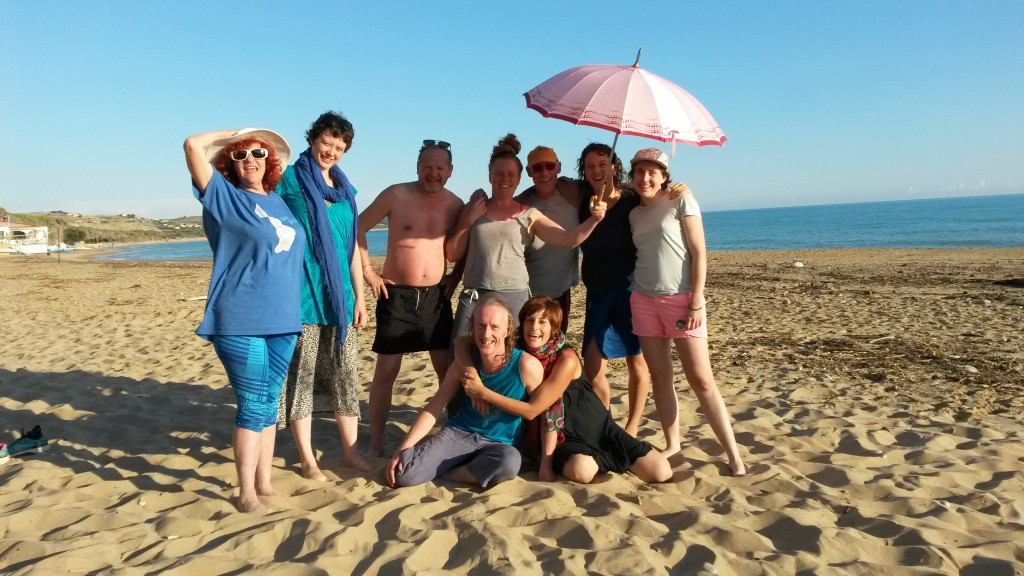
See more about Richard Pochinko at Ian’s website: http://www.richardpochinko.com/

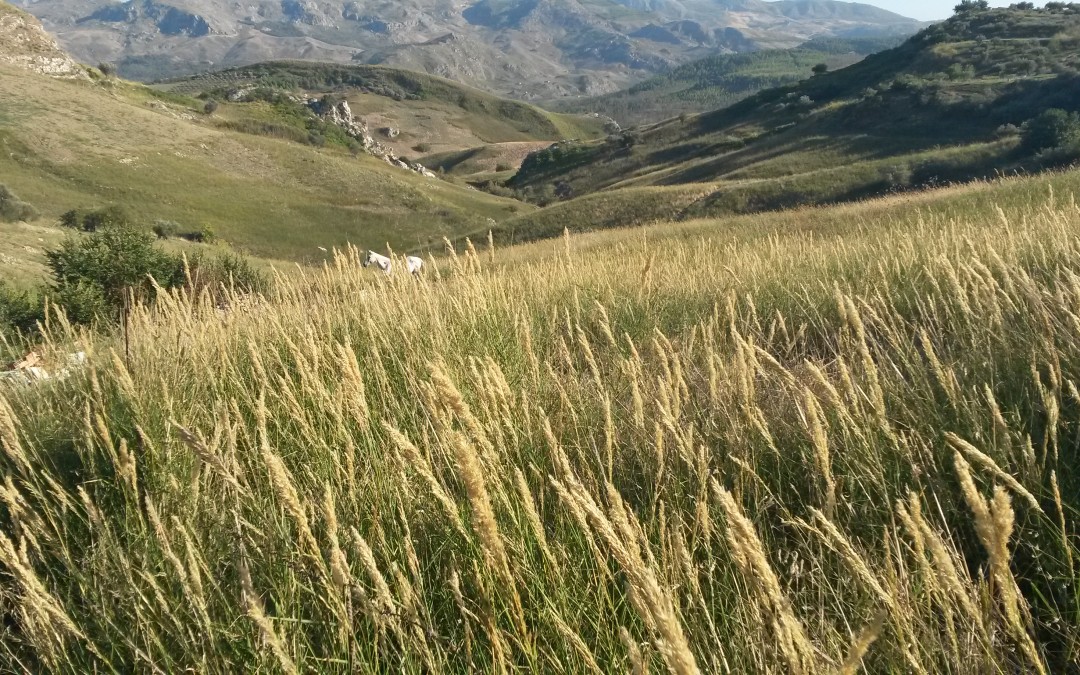
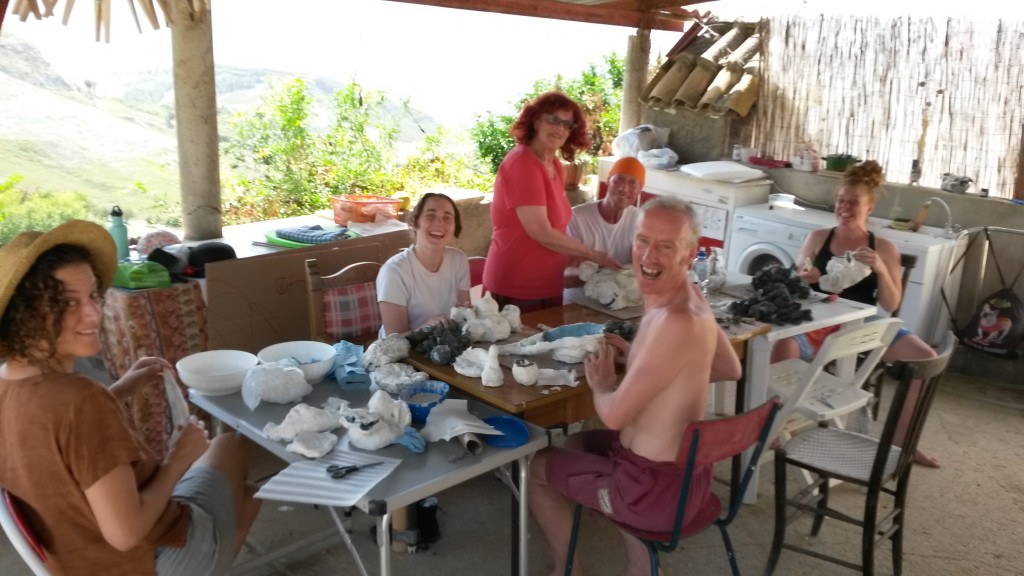
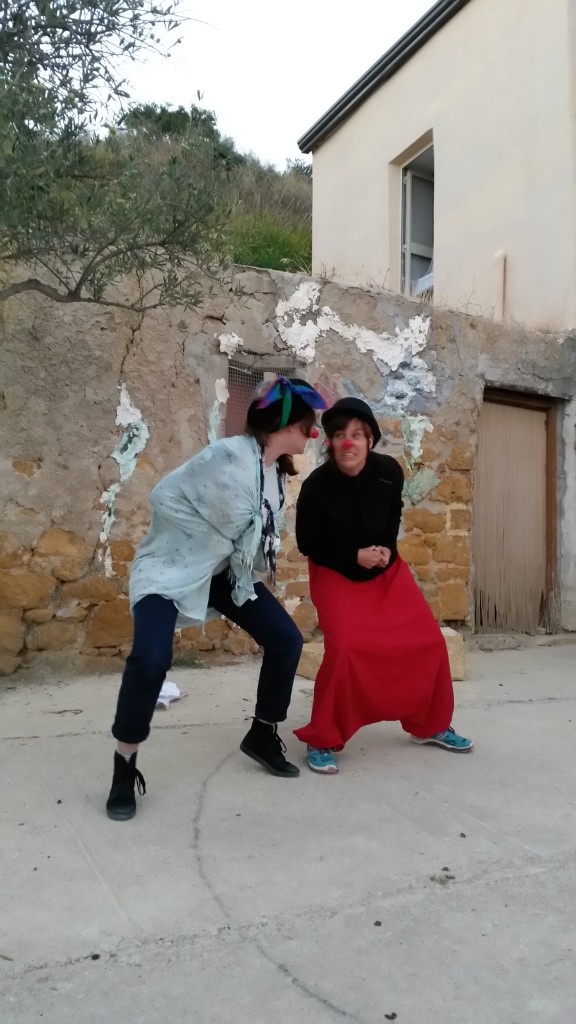
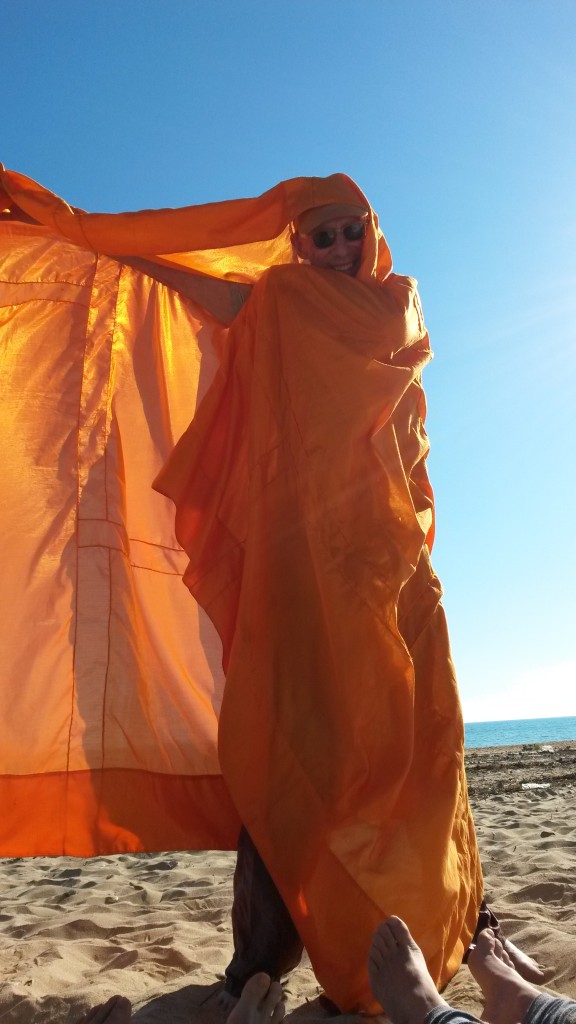
Dawn, beautifully written and photographed! You are a gift,your amazing floating glass ball was perfect for our amphitheatre presentation, i am so pleased that it was a positive experience for you. I ask permission to link this page to my pochinko pages, i am sorry that i was not able to get to your dropbox on time. Come visit and play anytime. Ian, xo
Hi Ian, Thanks for your comment. I have added your website to the bottom of the page. Thank you for all you give to this world. I met some pochinko clowns last night – there is a small clown army growing in Canada ready to decend upon the world!